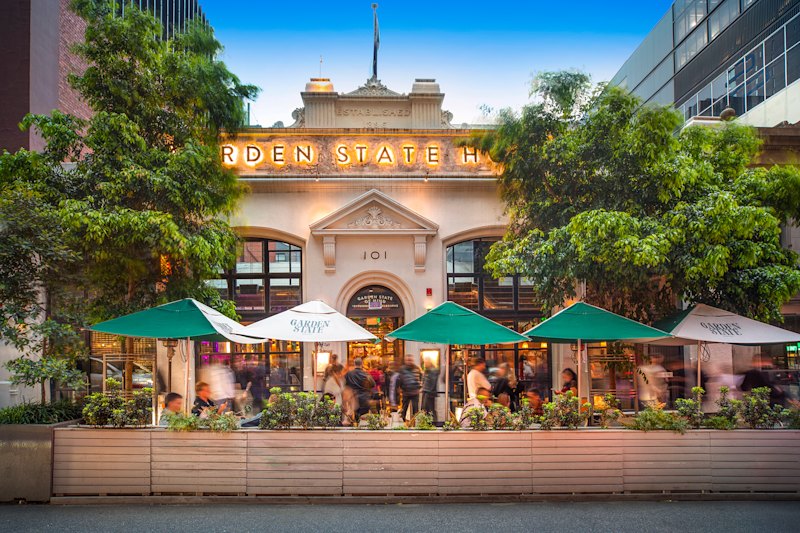Why getting dressed up to work from home matters
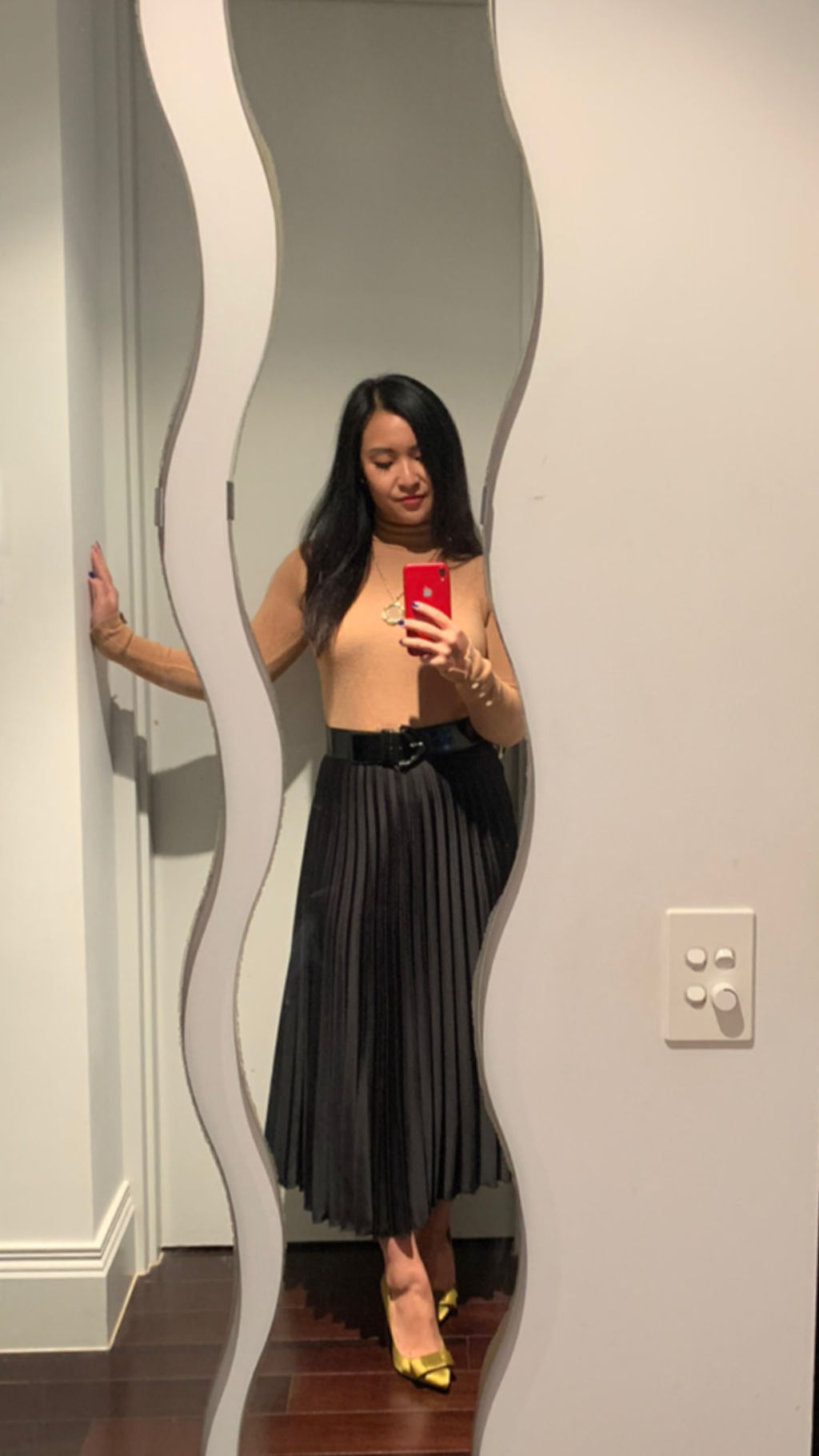
She may be working from home every day, but still every morning Alice Hidajat showers, dresses in one of her smartest outfits, puts on full makeup and slips into high heels.
Only then does she feel ready to sit at her computer placed on her ironing board – her own version of a sit-down/stand-up desk – in the lounge room of her apartment to start work for the day.
“The first week I was at home, I put on trackies but every time I saw myself in the mirror, I just didn’t feel productive or motivated,” says Ms Hidajat, 31, senior relationship manager with a global financial institution.
“So now I dress every day as if I were going to the office. It makes me feel more confident and efficient to have my ‘armour’ on, and it puts me into the mindset for work.”
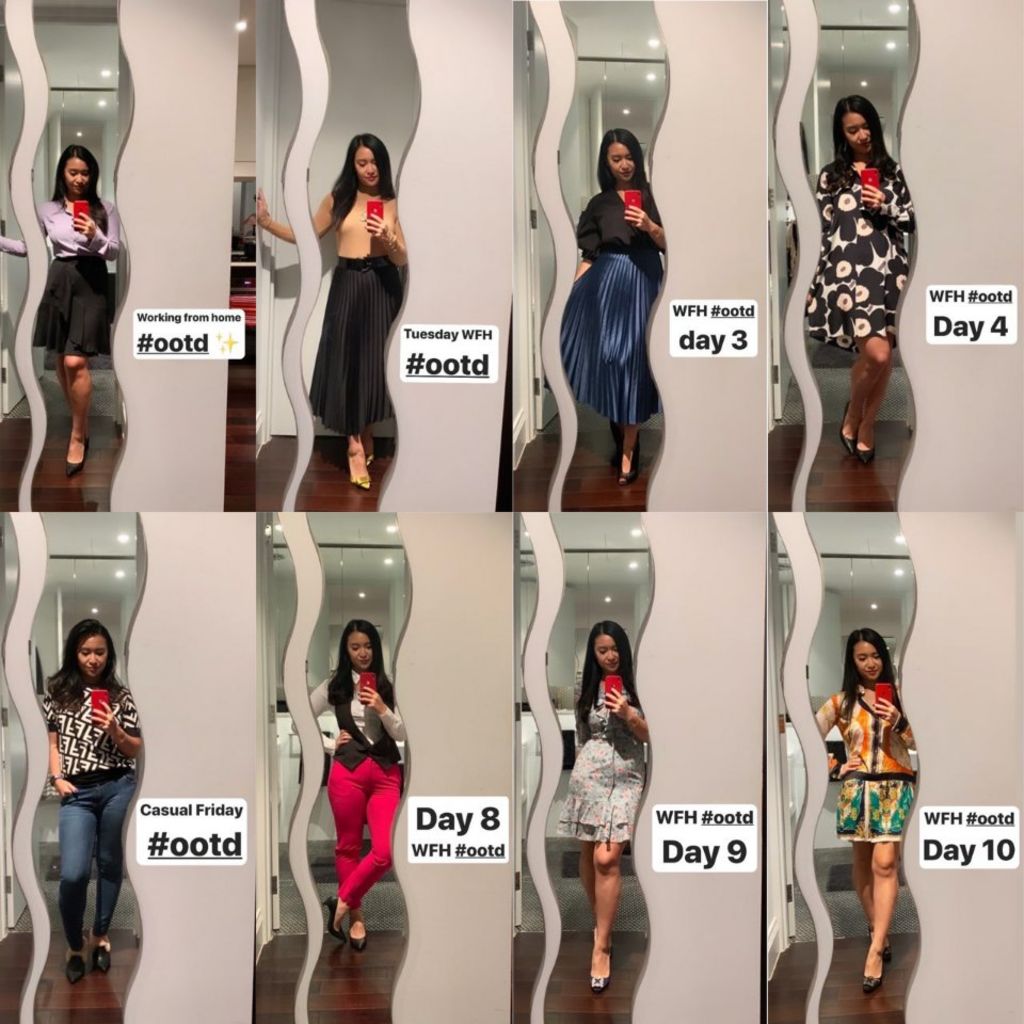
With such a large swath of the workforce in this brave new coronavirus world now operating remotely from their home studies, bedrooms, lounge rooms or dining tables, they’re doing so in a huge variety of clothes.
There are some in pyjamas, like me, some in activewear, others in trackie dacks or T-shirts and shorts, and still others, like Ms Hidajat, in the complete corporate uniform.
For many, it’s the perfect opportunity to shrug off tiresome formal work clothes and slob out completely.
Warren Coleman, co-writer and co-director of Oscar-winning Australian animation Happy Feet, the perfect home-work ensemble is the casual coupling of a mismatched T-shirt and shorts.
“I love wearing them, and at any time of the year, even when it’s too cold to be comfortable,” he says. “If I’m dressed formally, I feel I’m in the wrong costume.
“In my line of work, I’m trying to convince others that my ideas are the best ones, and baring your soul like that is uncomfortable enough. So it really helps me to be as comfortable, physically, when I’m doing that, as I can.”
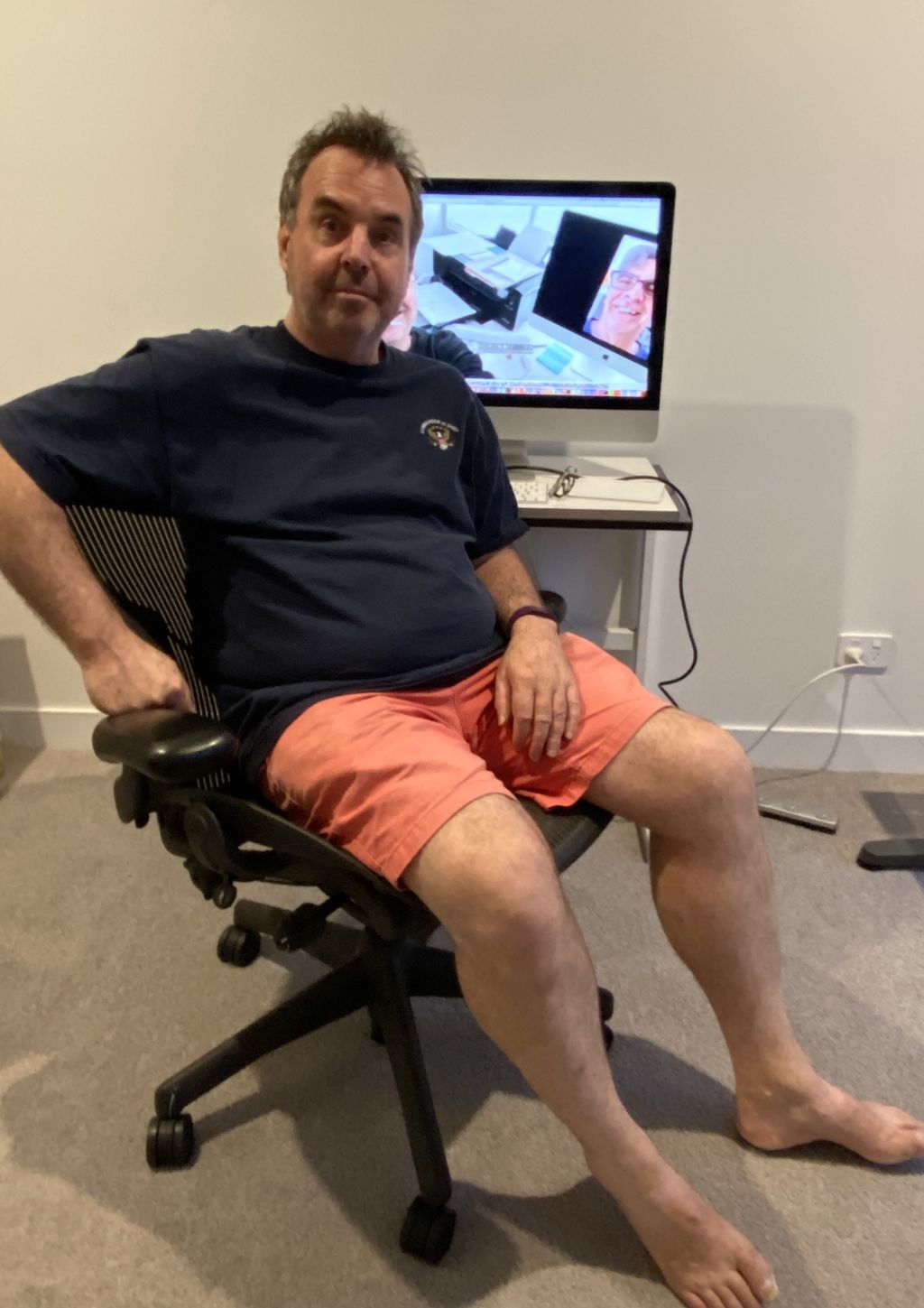
Senior economist at the Centre for Future Work within the Australia Institute, Alison Pennington (who favours working in her track pants), says this is a time where work-life boundaries are being blurred enough, so choosing to dress as if you’re off to the office is a way of keeping them more separate.
“What’s unique about this time is the co-location of work and private life as we’re doing both in the same place,” she says.
“So for some people it’s important to go through the motions and processes and routines of work because that’s a way of getting out of the private space and into the work space. It can get your brain ready. But if you’re doing the kind of work that reflects you as a person, then maybe dressing differently is less important.”
Even so, our individual choice of how to dress at home is critically important, she believes. At a time when we feel we have so little control over our lives, choosing what to wear is reassuring and gives us back some modicum of power over our circumstances.
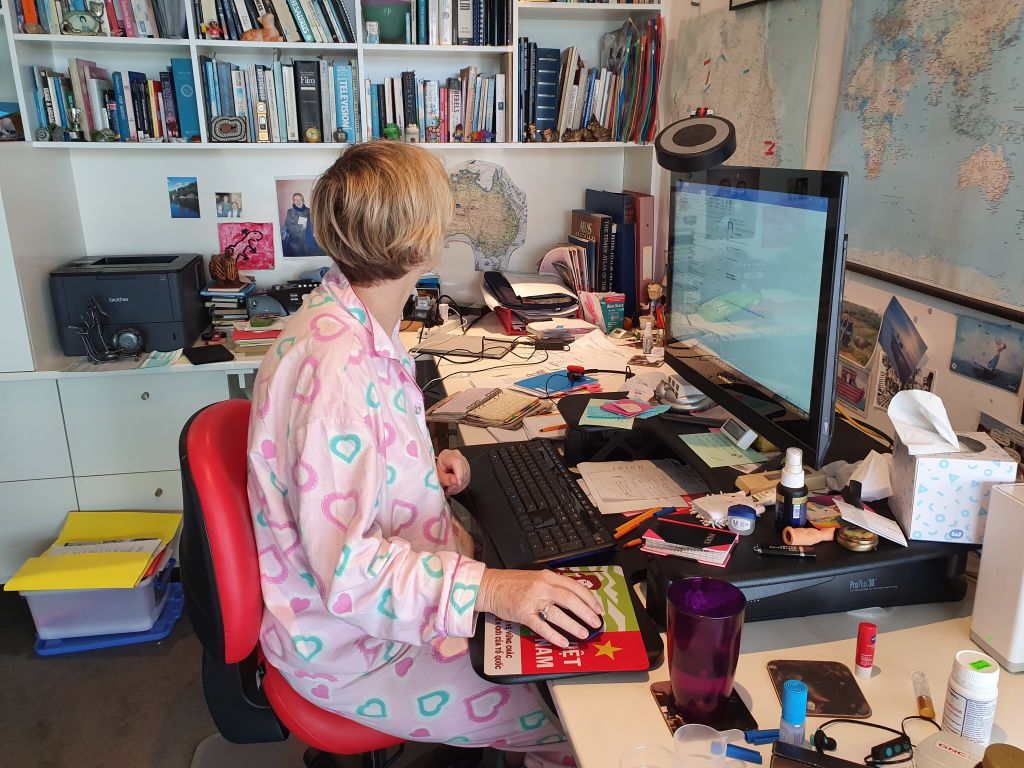
Clinical psychologist Professor Peter McEvoy also sees it as image management, a way of maintaining and projecting a particular persona. Ambitious people still want to look powerful and in control, even if they are typing in their laundry.
“It might be about self-esteem, about the belief in the power of first impressions or concern about people being judgmental,” he says. “Others might be more flexible and are more concerned with the substance of a conversation.
“Some professions have different rules, too. Some are more casual but others might expect people to comply with social norms.”
Professor McEvoy says he himself is dressing more and more casually as the days go on. “I will be positively slothful by the time isolation is over,” he says.
One woman who won’t, however, is authors’ agent Selwa Anthony. Even in lockdown, she dresses exactly the way she would if out meeting publishers and writers – in smart clothes, good jewellery and high heels, and fully made-up and blow-dried.
“If I don’t do it, I don’t feel I’m working,” she says. “There’s no way I’d wear a tracksuit; I just couldn’t do it.
“If Queen Elizabeth wanted to come and see me, she could walk in any day and I’d be ready.”
We recommend
States
Capital Cities
Capital Cities - Rentals
Popular Areas
Allhomes
More
- © 2025, CoStar Group Inc.




